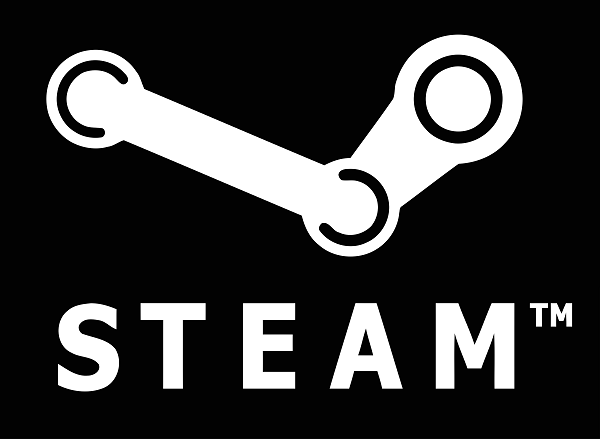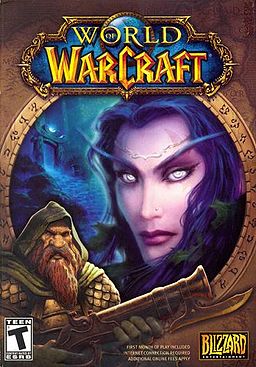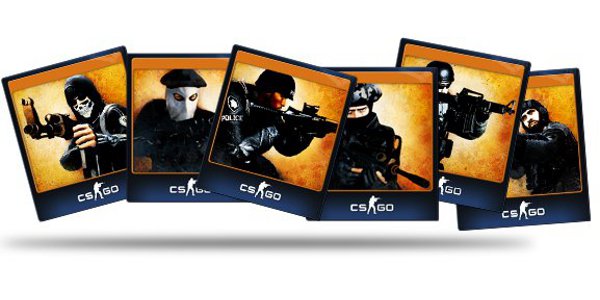
Anyone who has used Valve’s Steam service in the last few months will be aware that it now comes with trading cards (if not, you are now. Not real trading cards, but virtual ones. They don’t do much, but collecting a set gives users a badge to display next to their user name and a small chance that you will get a discount coupon for a game or DLC. There is also some rubbish about each game only dropping half the cards you need for the first badge.
Continues after the break
Credit must be given where it is due. This is an excellent application of the Skinner box and has all the hallmarks of an MMO. Users get experience point for crafting badges, and it’s all displayed neatly in a nice progress bar. The same progress bar that appears in most RPGs to encourage players to get that last 10xp needed to level up.
For those who aren’t familiar with the Skinner box, it’s essentially a method for conditioning a subject to perform a single task over and over again. This sort of thing is usually done with animals in order to study their behaviour, but is now often used in games to keep people playing. It’s also the same system used in gambling and World of Warcraft.

The way it works is by providing random rewards for performing one task over and over again. In games that would be killing enemies or standing in one sport fishing. This feels a little like the micro-transaction market from Valve’s Team Fortress 2 escaping right into the rest of the platform. It was definitely successful there. So successful that entire servers could devolve into requests for materials needed to make hats.
However, does Valve actually need anything more to motivate us to buy or play games? We play games because we enjoy them. These trading cards drop from games that people were going to buy anyway.

Perhaps the idea is that AAA games have cards to get gamers used to the idea of trading cards and use it as a lure for them to try games from indie developers. Similar to how cereals give away little plastic toys that nobody wants. Used in that context, it’s a reasonable idea for getting exposure.
Given Valve has admitted that Greenlight hasn’t had the impact that they were hoping, it might be that opting into the trading card scheme is good for smaller developers. What also helps is that these trading cards can be sold for money that might even fuel further purchases. It’s a hopeful thought, but one that relies on gamers getting in on the collecting mindset.
It could be that Steam isn’t just a platform for buying games anymore, but now also a social experiment in altering our buying and gaming patterns. Creating a unified system of rewards across the board for every game that enters the ecosystem might even go to further solidify its reputation that this best way to get your game noticed.
Follow us on Instagram, Facebook, Twitter or Telegram for more updates and breaking news.


